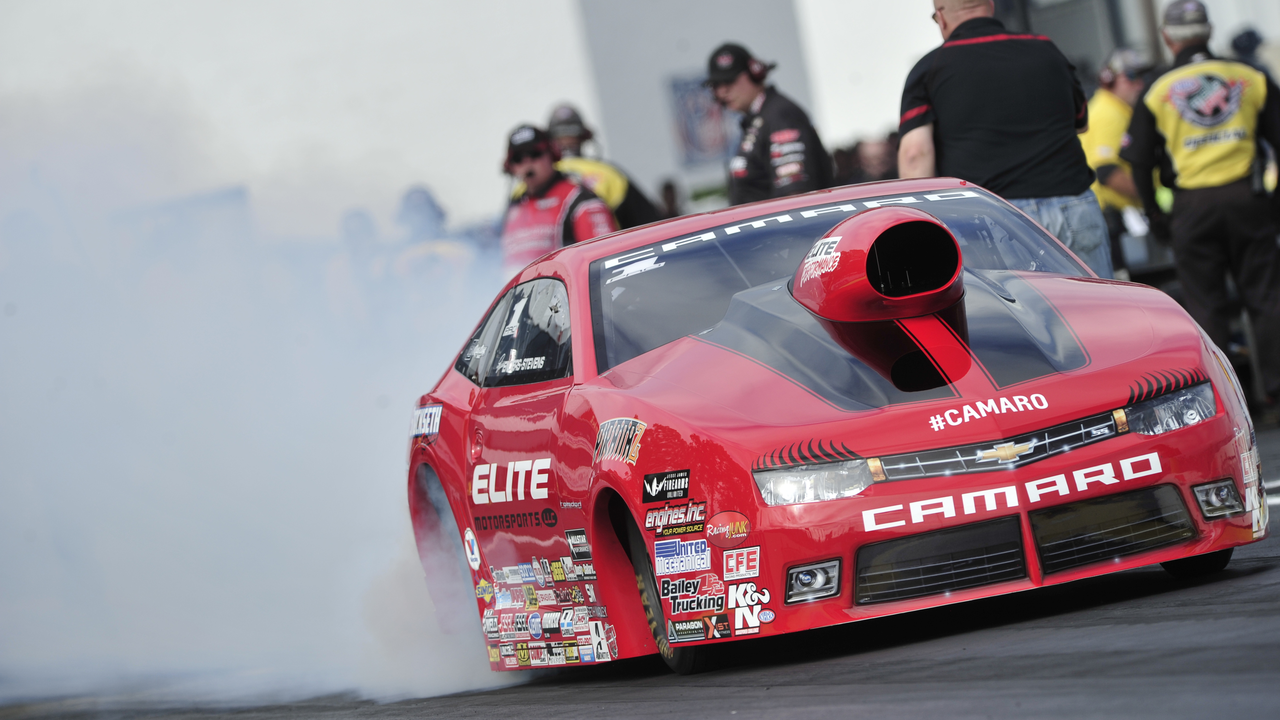So, folks, let's dive into the wild world of drag racing - and no, I'm not talking about RuPaul's Drag Race here! The question on the table: is drag racing actually racing? I would say it's like asking if cheesecake is actually cake (spoiler: it totally is). Drag racing may not be your traditional round-and-round-the-track type of racing, but it's a heart-pumping, adrenaline-soaked showdown of speed, power, and reaction time. So, in the great words of Lightning McQueen - Drag racing? Ka-chow! Definitely racing!
Motorsport Analysis – Your Go‑To Guide for Racing Insight
Welcome to the hub where we break down the most talked‑about racing questions. Whether you’re curious about why manual gearboxes still matter, how lap times are measured, or what electric cars mean for the sport, we’ve got practical answers. This page collects the best analysis from our writers, so you can get the facts fast and apply them to your own racing passion.
Practical Answers to Everyday Racing Questions
One of the hottest debates is whether manual transmission cars are better for racing. The short answer: they give drivers more direct control over gear changes, which can translate to faster lap times when used correctly. That doesn’t mean automatics are useless – modern dual‑clutch systems can shift in milliseconds, but they still lack the tactile feedback that many racers rely on.
Another common curiosity is how a lap time is actually counted. In Formula 1 and most series, a transponder on the car sends a signal every time it crosses the start‑finish line. The timing loop records the exact moment, and the system instantly calculates the interval between two passes. This precision helps teams fine‑tune setups and fans follow the action in real time.
Safety, Future Tech, and the Human Side of Racing
Safety is always evolving. Today’s improvements include stronger chassis materials, better track runoff zones, and faster medical response teams. Some experts even suggest autonomous safety cars that can intervene before a crash gets serious. While technology helps, driver education and spectator awareness are still key parts of the safety puzzle.
Looking ahead, the biggest shift may be the move away from gasoline. Electric race cars already dominate Formula E, and manufacturers are testing high‑performance batteries for endurance events. The roar of an engine might fade, but the excitement of instant torque and zero‑emission competition could attract a whole new fan base. Expect faster pit stops, new racing strategies, and perhaps a different soundscape at future tracks.
History also offers lessons. Take Ken Miles and the 1966 Le Mans drama – even after crossing the line first, a team decision handed the win to another driver. Stories like that remind us how politics, rules, and timing can shape outcomes as much as raw speed.
Finally, let’s touch on a quirky question: why don’t MotoGP riders turn their handlebars? The answer lies in body positioning. By leaning their hips and shifting weight, they steer the bike without sacrificing front‑wheel grip. It’s a technique that keeps the bike stable at corner exit speeds that would otherwise cause a slide.
Got more questions? Dive into the individual posts below for deeper analysis on each topic. Keep coming back for fresh insights, because the world of motorsport never stops evolving, and neither should your knowledge.
